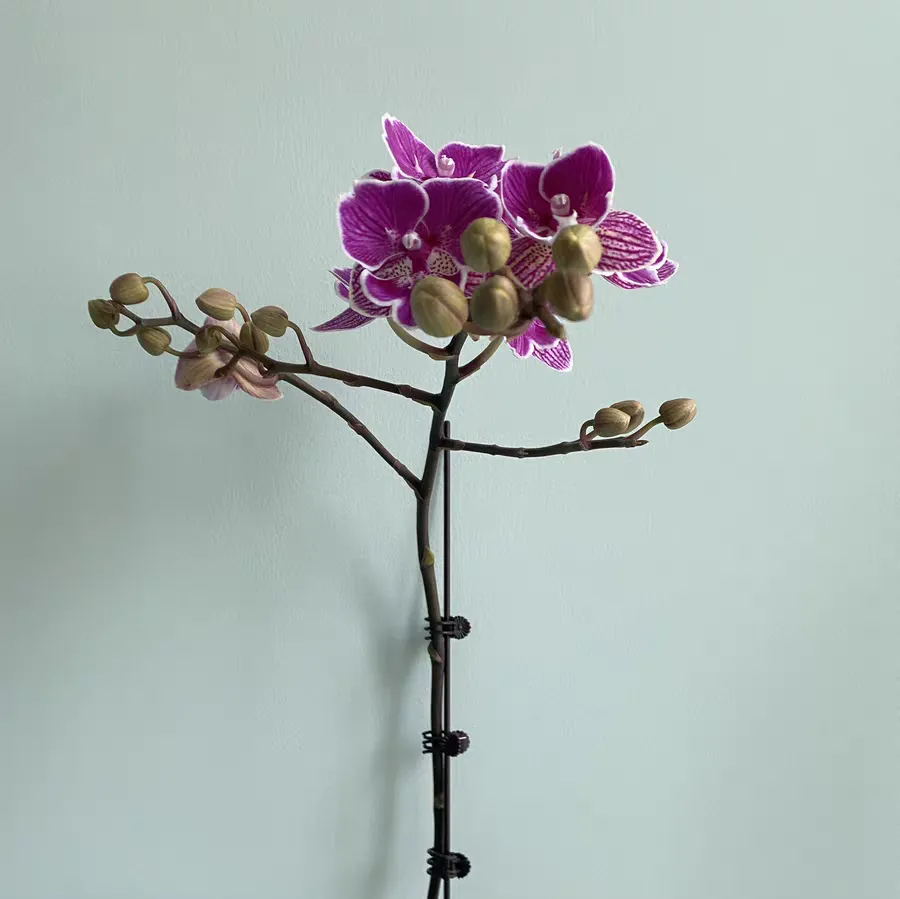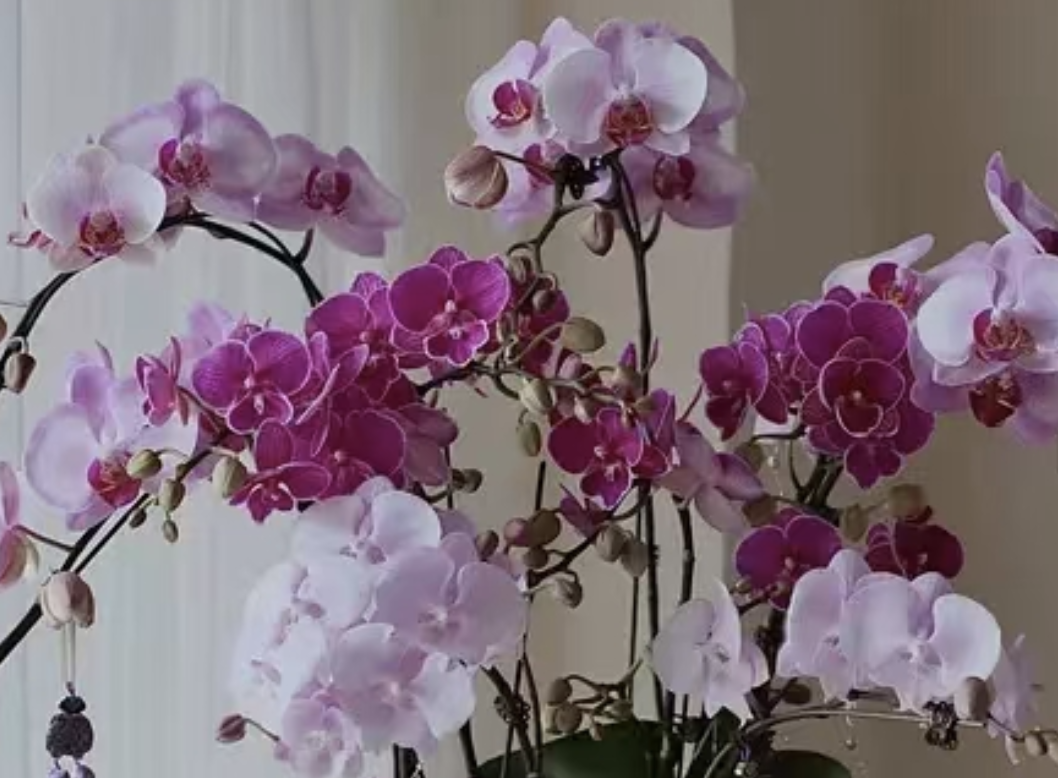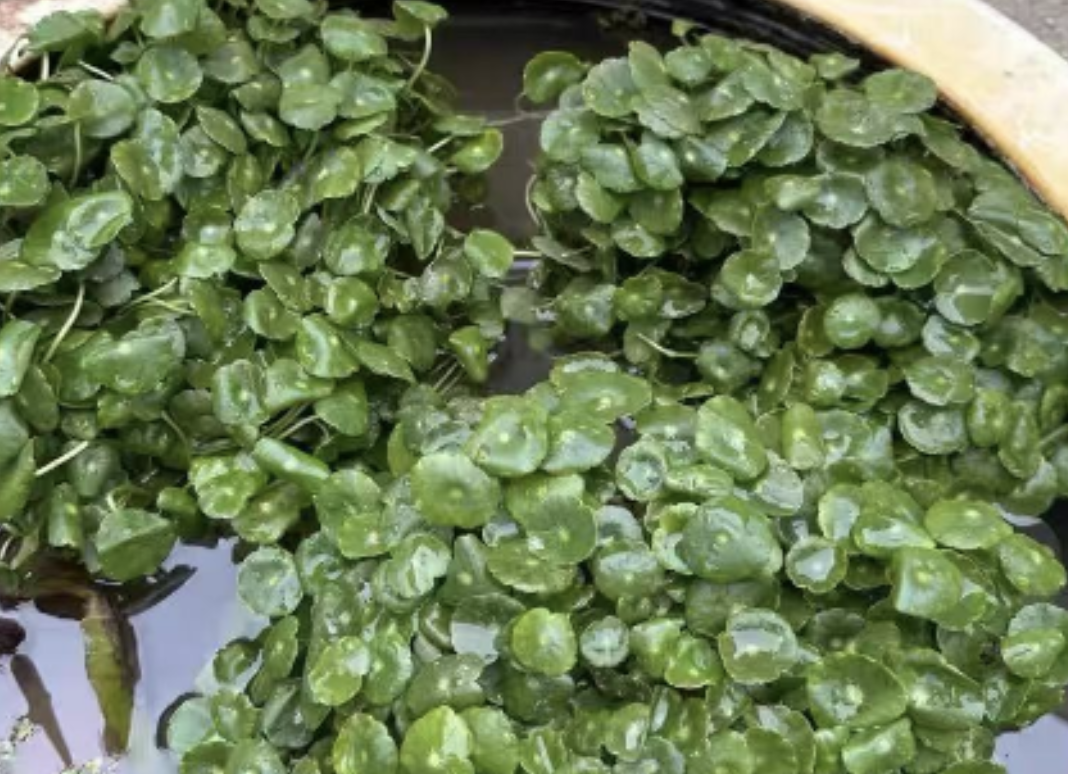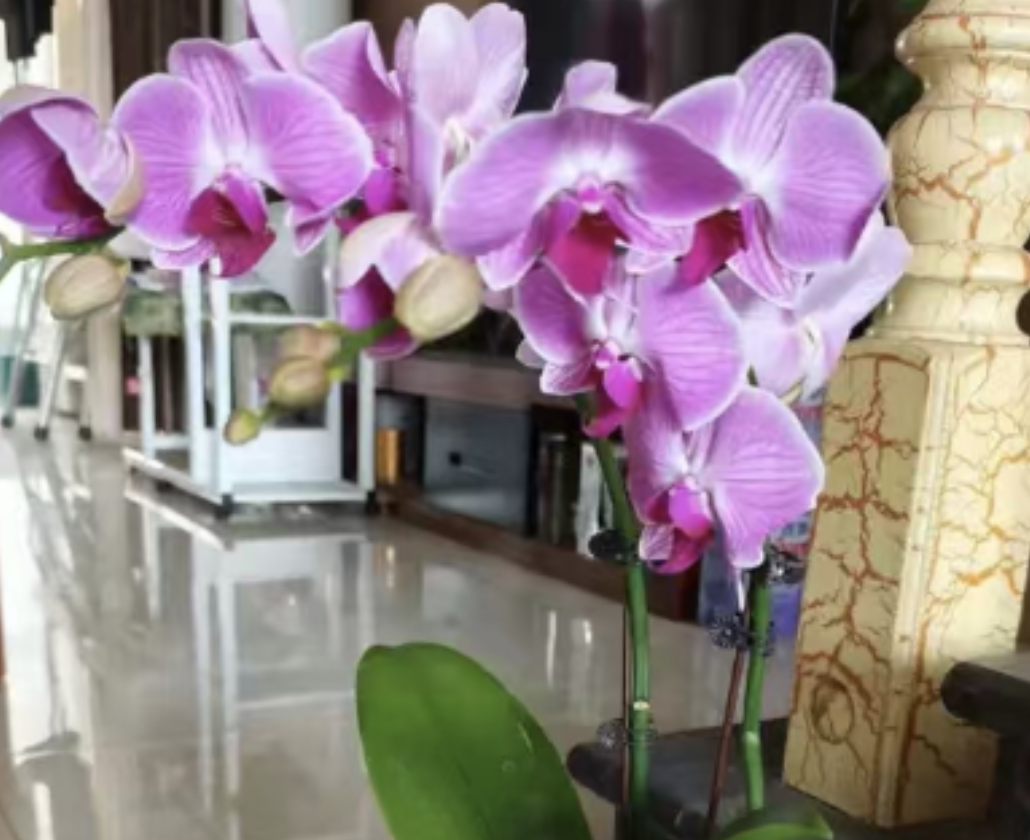Is your Phalaenopsis wilting before it fully blooms? Today, let's talk about the reasons behind premature wilting of Phalaenopsis and guide you step by step on how to make it bloom healthily and abundantly!
### First major cause: Environment
**Temperature**: The most suitable temperature for Phalaenopsis is 15-28℃. If the temperature in heated rooms exceeds 30℃ in winter, the flowers will age faster; a sudden drop in temperature below 10℃ will cause the flower buds to stop developing! Friends in northern regions, don't place it near floor heating. In southern regions during the humid season, move it away from damp corners in time.
**Humidity**: A humidity level of 60%-80% is ideal for Phalaenopsis! Too dry conditions will cause the petals to dehydrate and curl, while excessive humidity can easily lead to bacterial growth and rotting of buds. Those who keep it in the office should remember to spray water around it with a spray bottle every day. For home cultivation, you can use a humidifier, but be careful not to spray directly on the flowers!
**Lighting**: Direct strong light will scorch the flower buds, while complete darkness will cause the flower color to fade and the flowering period to shorten! It is recommended to place it by an east-facing or south-facing window, ensuring 4-6 hours of scattered light every day.
### Second major cause: Fertilization
**Lack of fertilizer**: If phosphorus and potassium fertilizers are not supplemented in time during the flower bud differentiation period (usually in autumn and winter), the flower buds will naturally lack the energy to fully bloom! It is recommended to dilute potassium dihydrogen phosphate 1000 times and apply it to the roots or spray it on the leaves once a week. This will make the flowers larger and more colorful.
**Concentrated fertilizer**: Applying concentrated fertilizer in a hurry can "burn the seedlings"! Some flower lovers add a lot of fertilizer when they see small flower buds, but this damages the roots and causes all the buds to fall off! Remember that frequent application of dilute fertilizer is the way to go. It's better to have a lower concentration than to overdo it.
**Flowering period taboo**: Never fertilize when the plant is already in bloom! Fertilizing at this stage will accelerate metabolism and cause the flowers to wilt early.
### Third major cause: Root system
**Root rot**: If the sphagnum moss is not breathable or watering is too frequent, the roots will be trapped in a humid environment, turning black and rotting! After the flowers fade, be sure to check the roots by opening the growing medium. If rotten roots are found, cut them off with disinfected scissors and soak them in a carbendazim solution for 10 minutes for disinfection.
**Empty roots**: Long-term water shortage or overly dry growing medium will cause the roots to gradually shrivel. In this case, don't rush to water a lot. First, soak the plant in clean water for 10 minutes to replenish moisture, then repot it with fresh, moist sphagnum moss.
**Key to recovery**: If the root system is severely damaged, don't rush to promote flowering! First, place it in a well-ventilated area with scattered light and maintain normal care for 1-2 months. Fertilize only after new roots grow.
### Methods to promote flowering
**Stem retention method**: Don't rush to cut the stem after the flowers fade! Count 2-3 nodes down from the withered flowers, make a diagonal cut 1cm above the node, and keep the main stem. Water and fertilize normally. New flower stems will emerge from the sides after 2-3 months. At this time, use potassium dihydrogen phosphate to promote flowering, and it will bloom again.
**Complete pruning and regeneration method**: Cut the stem directly from the base and maintain normal care until the end of the year. The Phalaenopsis will naturally sprout new flower buds. Although the waiting time is longer, the next blooming will be more abundant!
**Special tips**: Want to extend the flowering period? Control the temperature to 20-25℃ during the day and lower it by 3-5℃ at night to create a temperature difference stimulation; reducing the frequency of watering after flowering can also make the flowers last half a month longer!
Reasons why Phalaenopsis flowers wither before their blooming period ends

Share with
Tagged in :




Leave a Reply